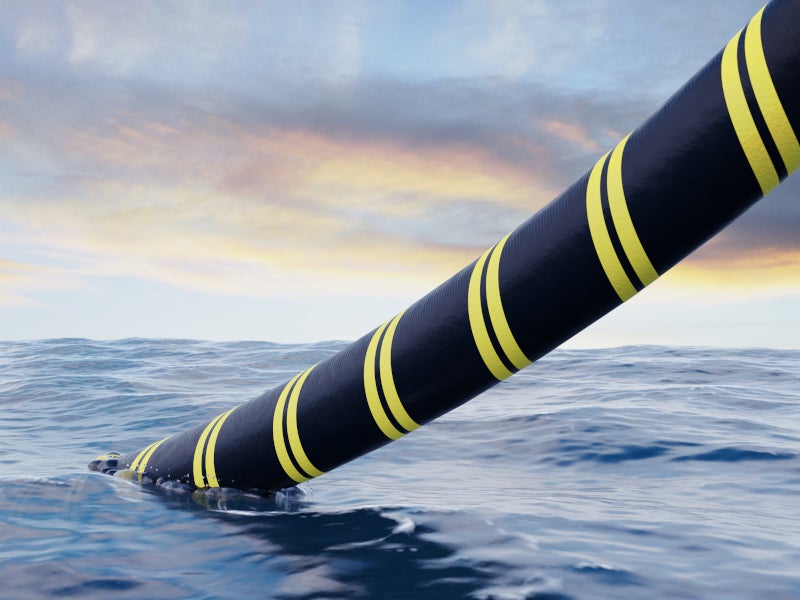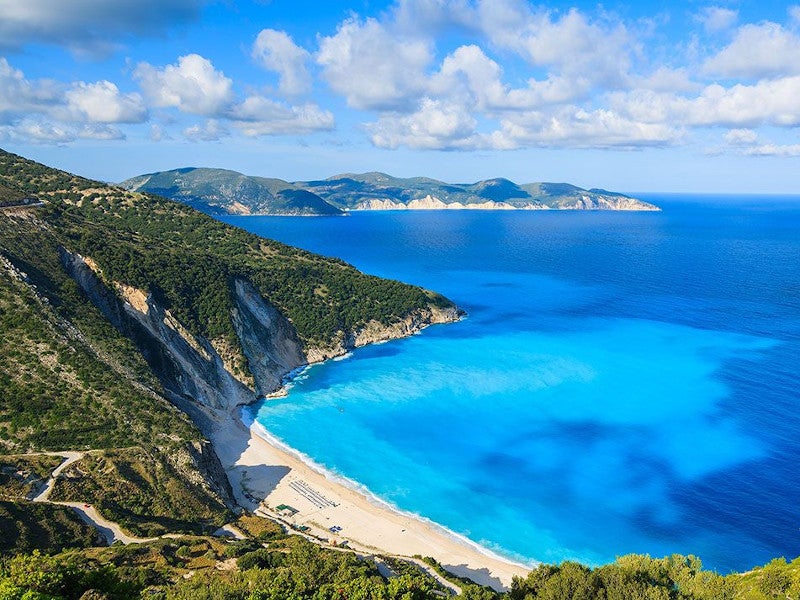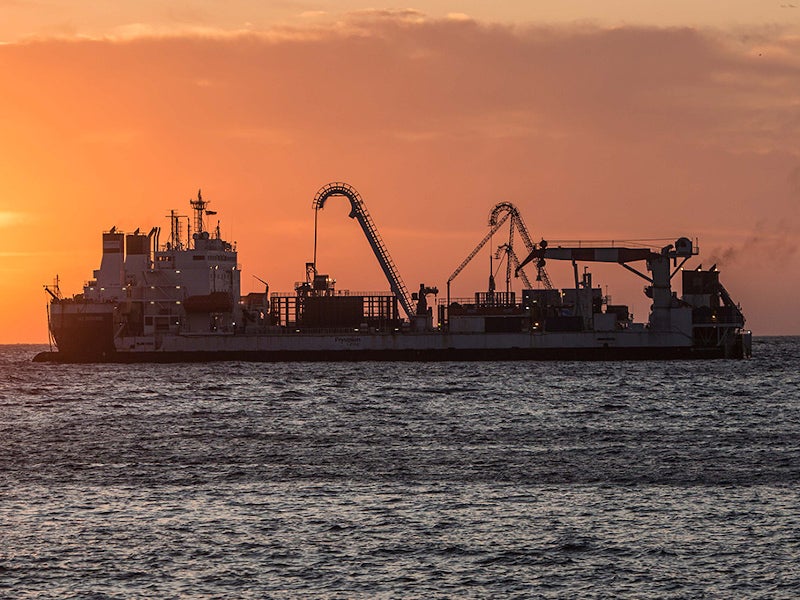The Attica-Crete high-voltage direct current (HVDC) interconnection project involves bipolar submarine cable systems over a distance of 335km to interconnect Crete, the biggest and most populous Greek island with the Attica region in mainland Greece. The rated transmission capacity of each 500kV cable system will be 500MW.
Estimated to cost approximately £900m (€1bn), the Attica-Crete HVDC interconnector is currently the biggest energy infrastructure project under development in Greece.
The project is being implemented by Ariadne Interconnection, a special purpose company founded as a subsidiary of Greek independent power transmission operator ADMIE in September 2018. ADMIE serves as the main operator of the Hellenic Electricity Transmission System (HETS).
The technical specifications as well as the sea bottom studies and the environmental impact study (EIS) have been completed and the key contracts for the project were awarded in the second quarter of 2020.
Scheduled to enter service in 2023, the Crete-Attica HVDC interconnector will form part of the larger EuroAsia Interconnector, 1,518km trans-border HVDC cable system to connect the electricity grids of Israel, Cyprus, and Greece with the European transmission network.
Financing
The Attica-Crete HVDC interconnection project is expected to receive approximately £270m (€300m) from the European Investment Bank (EIB).
Attica-Crete HVDC Interconnector route and design
Attica-Crete HVDC Interconnector project will include two new AC/DC converter stations and two 500kV subsea cable systems that will run across the Aegean Sea for a distance of approximately 335km.
The Attica converter station will be located near the existing Koumoundourou substation, while the Crete converter station will be built near Damasta in the Crete Island. Each converter station will operate as a symmetrical bipole with a rated power of 1GW (2 x 500 MW).
Two HVDC underground cables will run from the Attica converter station to the Megara beach for 32km before taking the subsea route in the Aegean Sea.
The two submarine cables will stretch over a distance of 325km from the Megara beach in Attica to the Korakia beach in Crete. The maximum water depth along the subsea cable route will be up to 1,200m.
From the Korakia beach, there will be two 250m-long underground HVDC cables connecting to the Korakia terminal transition station at Korakia for the transition of the underground DC cable to an overhead DC line.
A new 150KV gas-insulated switchgear (GIS) substation will also be constructed for the Crete AC/DC converter station to the 150KV AC system in Crete.
The project also involves two electrode stations, including one on the small island of Stachtoroi for the Attica side and another on the Korakia beach for the Crete side.
Contractors involved
A consortium of Siemens Gas and Power and TERNA, a subsidiary of the Greek construction and energy company GEK TERNA Group, was awarded a turnkey engineering, procurement and construction (EPC) contract worth £330m (€370m) for two converter stations of the Attica-Crete HVDC interconnection project in June 2020.
The scope of the contract includes the design, supply and installation of two converter stations on both sides and a GIS substation in Crete, as well as 10-year service contracts for the GIS and the control and protection systems of both the converter stations.
Siemens is the technology supplier while TERNA will be responsible for the HV distribution systems, as well as for the entire civil works and the erection of all equipment for the project.
Italian cable supplier Prysmian Group was awarded a contract worth £240m (€270m) for the design, supply, installation, and commissioning of one of the two 335km-long 500MW submarine HVDC cable systems for the project, as well as two submarine telecommunication links for a total length of 670 km between the Crete island and the Attica region in June 2020.
French cable company Nexans received a £196m (€220m) contract to design, manufacture and install the other 335km-long 500MW subsea HVDC cable system of the 1GW bipole interconnection project in May 2020.





